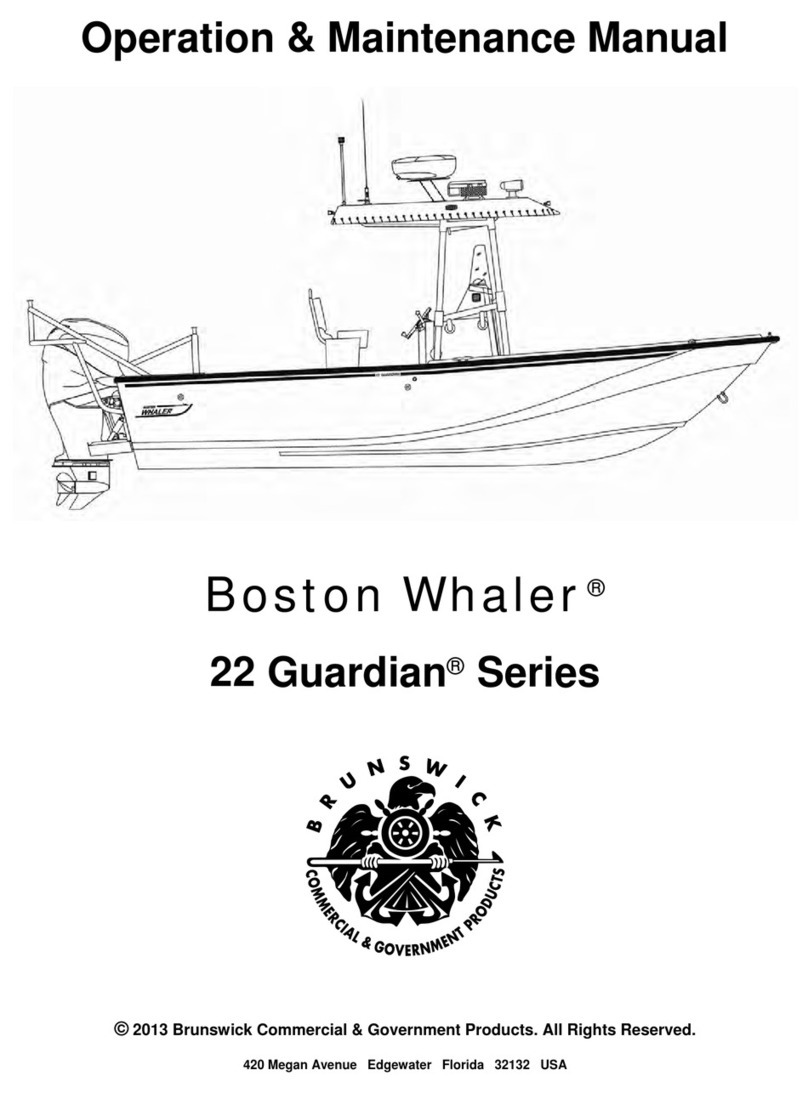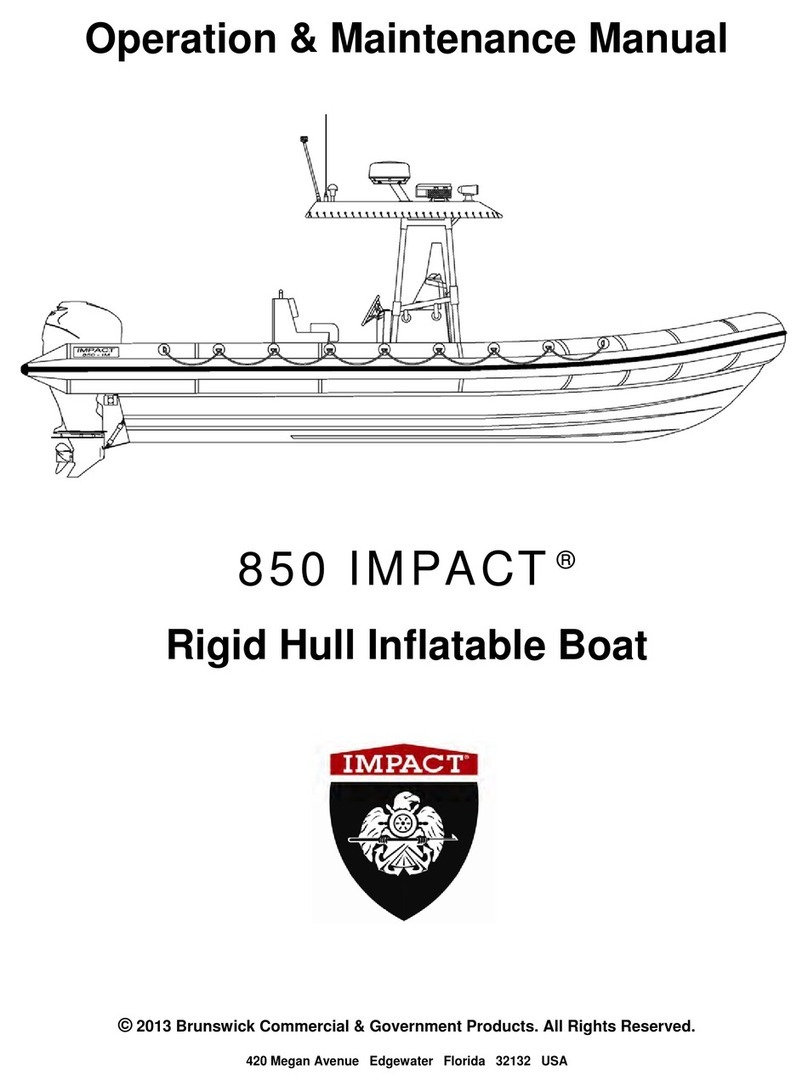
3
Page
Maintenance 53. . . . . . . . . . . . . . . . . . . . . . . . . . . . . . . . . . . . . . . . . . . .
Maintenance Aids 53. . . . . . . . . . . . . . . . . . . . . . . . . . . . . . . . . . . .
Maintenance Chart 55. . . . . . . . . . . . . . . . . . . . . . . . . . . . . . . . . . .
Checking Fluid Levels 61. . . . . . . . . . . . . . . . . . . . . . . . . . . . . . . . .
Changing Fluids 65. . . . . . . . . . . . . . . . . . . . . . . . . . . . . . . . . . . . . .
Lubrication 69. . . . . . . . . . . . . . . . . . . . . . . . . . . . . . . . . . . . . . . . . . .
Propeller 73. . . . . . . . . . . . . . . . . . . . . . . . . . . . . . . . . . . . . . . . . . . .
Flushing Cooling System 79. . . . . . . . . . . . . . . . . . . . . . . . . . . . . .
Seawater Pump Impeller Inspection 79. . . . . . . . . . . . . . . . . . . . .
Cleaning Seawater (Raw Water) Section Of Heat
Exchangers - Closed Cooling Models Only 81. . . . . . . . . . . . . .
Drive Belts 83. . . . . . . . . . . . . . . . . . . . . . . . . . . . . . . . . . . . . . . . . . .
Water Separating Fuel Filter 85. . . . . . . . . . . . . . . . . . . . . . . . . . .
Fuel Pump Sight Tube Inspection 85. . . . . . . . . . . . . . . . . . . . . . .
Corrosion And Corrosion Protection 87. . . . . . . . . . . . . . . . . . . . .
Emissions 92. . . . . . . . . . . . . . . . . . . . . . . . . . . . . . . . . . . . . . . . . . . . . .
Changing Positive Crankcase Ventilation (PCV) Valve 93. . .
Emissions Testing 93. . . . . . . . . . . . . . . . . . . . . . . . . . . . . . . . . . . .
Installation of Test Probes 95. . . . . . . . . . . . . . . . . . . . . . . . . . . . .
Miscellaneous Maintenance 96. . . . . . . . . . . . . . . . . . . . . . . . . . . . . .
Cold Weather Or Extended Storage 98. . . . . . . . . . . . . . . . . . . . . . .
Power Package Lay Up 98. . . . . . . . . . . . . . . . . . . . . . . . . . . . . . .
Draining Instructions 101. . . . . . . . . . . . . . . . . . . . . . . . . . . . . . . .
Battery Winter Storage 112. . . . . . . . . . . . . . . . . . . . . . . . . . . . . . .
Power Package Recommissioning 112. . . . . . . . . . . . . . . . . . . . .
Troubleshooting 113. . . . . . . . . . . . . . . . . . . . . . . . . . . . . . . . . . . . . . . .
Warranty Information 120. . . . . . . . . . . . . . . . . . . . . . . . . . . . . . . . . .
Owner Warranty Registration 120. . . . . . . . . . . . . . . . . . . . . . . . .
International Owner Registration 121. . . . . . . . . . . . . . . . . . . . . .
Warranty Policies 122. . . . . . . . . . . . . . . . . . . . . . . . . . . . . . . . . . . . .
Mercruiser Limited Warranty - Gasoline Engines 122. . . . . . . .
Mercruiser International Warranty - Gasoline Engines 124. . .
3 Year Limited Warranty Against Corrosion Failure 126. . . . . . . . .
Warranty Coverage 128. . . . . . . . . . . . . . . . . . . . . . . . . . . . . . . . . . . .
Transferable Warranty 131. . . . . . . . . . . . . . . . . . . . . . . . . . . . . . . . .
Q-Guard Product Protection Plan 132. . . . . . . . . . . . . . . . . . . . . . . .
Owner Service Assistance 133. . . . . . . . . . . . . . . . . . . . . . . . . . . . . .
Service Centers 136. . . . . . . . . . . . . . . . . . . . . . . . . . . . . . . . . . . . . . .
Customer Service Literature 140. . . . . . . . . . . . . . . . . . . . . . . . . . . .
General Maintenance Parts 141. . . . . . . . . . . . . . . . . . . . . . . . . . . . .
Literature Order Form 145. . . . . . . . . . . . . . . . . . . . . . . . . . . . . . . . . .































